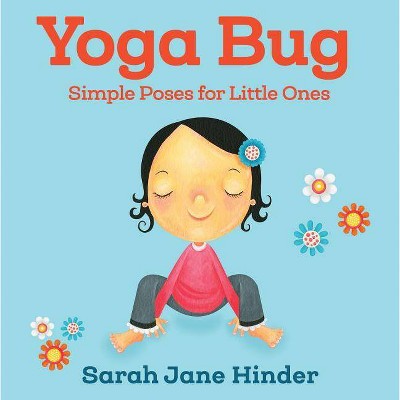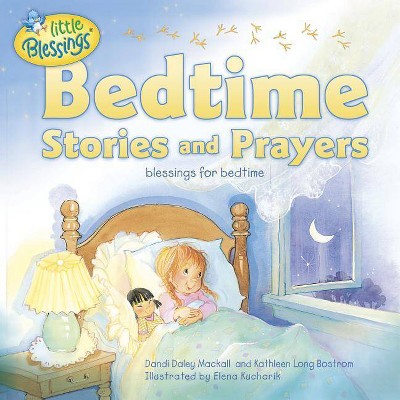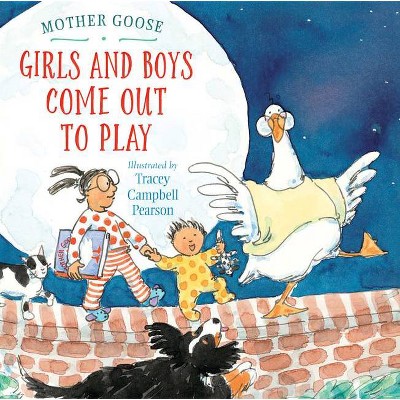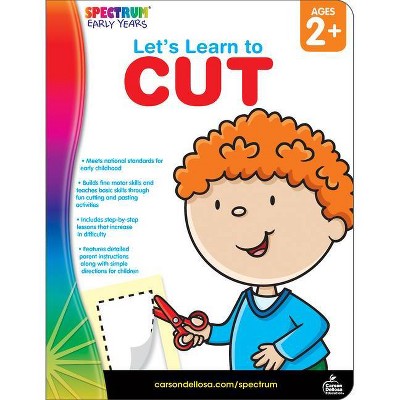Buen Shabat, Shabbat Shalom - by Sarah Aroeste (Board Book)

Similar Products
Products of same category from the store
AllProduct info
<p/><br></br><p><b> About the Book </b></p></br></br>Learn Ladino words and celebrate Shabbat.<p/><br></br><p><b> Book Synopsis </b></p></br></br><p>With a Ladino word introduced on each page, a Sephardic Jewish family prepares to celebrate Shabbat.</p><p/><br></br><p><b> Review Quotes </b></p></br></br><br><p>'Bat! Bat!' It's a new command that's especially popular in my household, and it has nothing to do with a flying rodent.<br /> Rather, the way my toddler pronounces 'Shabbat, ' the Hebrew word for the Jewish day of rest, and it's a reference to my almost two-year-old's new obsession: a beautiful and short board book we got from PJ Library a few weeks ago called <em>Buen Shabat, Shabat Shalom.</em><br /> The book -- which came out this week to the general public, and not just PJ Library members -- is written by the musician, writer, and Sephardic activist, Sarah Aroeste. The lovely book combines Ladino words with English in a way that feels seamless. (If you don't already know, Ladino, which is also known as Judeo-Spanish, is the Jewish language used by Jews who were exiled from Spain, mostly in Turkey and Greece.)<br /> <em>Buen Shabat</em> tells the story of one family's Shabbat dinner. Throughout, the Ladino expression, 'Buen Shabat<em>, ' </em>is repeated again and again alongside its Hebrew counterpart, Shabbat Shalom. The phrase literally means 'peaceful Sabbath, ' and it's what we use to say 'Have a good Shabbat.' (Or, in Yiddish, 'Gut Shabbos.')<br /> This book's illustrations drawn by Ayesha L. Rubio, are of a family preparing for and celebrating Shabbat. They are very sweet and making readers feel welcome at this Shabbat table with a Ladino-speaking family.<br /> The text is simple and mellifluous -- Aroeste is, after all, a songwriter -- and the words' musicality and repetition is what captures my toddler. He keeps asking me to read it again and again. We point out to a hamsa on the wall and I teach him the Hebrew word for hand, <em>yad.</em> We talk about the challah and the food on the table. Reading about the family lighting the candles (<em>las kandelas </em>in Ladino) and singing songs (<em>las kantikas</em>) has had a surprising effect on my son -- it has made him more excited to celebrate Shabbat at home, the two of us happily recalling the rituals from the book as we light our own Shabbat candles.<br /> Another thing I love about this book is how it has diversified his Jewish education at this early stage. While we have countless Jewish books peppered with Yiddish words -- and a full shelf of Hebrew board books -- this is the first book to introduce Ladino to him. As Jewish books become more diverse in their portrayals of Jews of color and the full scope of the Jewish community, I love this book for shedding light on the diversity of language among our people.<br /> 'I was just thrilled that the book was going to introduce Ladino books to a wider audience, ' Aroeste tells me over the phone. 'The fact that's it's resonating with little kids, that's more that we could've asked for.' According to Aroeste, the book designed to be an introduction to Ladino for Jewish parents, and not just kids.<br /> 'This book actually came from a song I wrote, my last album came out in 2017, it's a holiday album, there's actually a song on that album called 'Buen Shabbat, '' Aroeste explains. 'It's really fun, there's actually a merengue beat!'<br /> For Aroeste, who is working on other children's books exploring Sephardic culture and Ladino, the most important thing is that families have fun with <em>Buen Shabat, Shabbat Shalom</em>. She chose not to add a pronunciation guide and not to make the book too didactic for that purpose. I have to say, that choice works; the experience of reading it is joyous and light.<br /> She knows some may take issue with the Sephardic representation: 'Purists would say real Sephardim don't eat challah -- to which I would say: I grew up an American -- this is how I live as a contemporary Sephardic Jew, ' she says.<br /> Still, Aroeste says she hopes that people will notice the small details, like the fish on the table or the Turkish lamps. She hopes that through the book parents and children will get a great taste for Ladino and for Sephardic culture -- and want more. I certainly do!<br /> I'm so grateful that <em>Buen Shabat, Shabbat Shalom</em> exists. That's true even if sometimes I am tired of reading the same book over and over again. (However, I accept this as an essential part of parenthood, and there's an important educational value in that repetition, too).<br /> I dare say that this beautiful new board book should be an indispensable part of any young Jewish child's library.<br /> <br /></p>-- "Website" (3/5/2020 12:00:00 AM)<br><br><p>A Sephardic family celebrates the Sabbath in this bilingual English/Ladino board book. It's Friday night, and the family is getting ready for Shabbat. The text is mostly in English with a few italicized Ladino words and phrases, their meaning easily understood by the context, and a recurring 'Buen Shabat, Shabbat Shalom!' on every double-page spread. While the mother prepares the meal, the father and children set the table. It is now time to 'light the candles, las kandelas.' The mother does so with no covering on her head, indicating a comfort with a bending of some of the traditions. As the father holds an infant in his arms they sing some songs. When it is time to bless the wine and braided challah bread, the infant is settled in a highchair, and the mother brings the challah to the table. An illustration of the family group within a circle, emphasizing their togetherness, is accompanied by: 'Bless the family, la famiya. / Enjoy the food, la komida.' In the last spread, the family is gathered close around the table, 'Peace for all, para todos!' What sets this book apart is the use of Ladino, a Spanish-derived language of the Jewish Diaspora not widely spoken worldwide. Families with a Sephardic background will particularly appreciate this book.-- <em>Kirkus Reviews</em></p>-- "Journal" (1/16/2020 12:00:00 AM)<br><br><p>Buen Shabat, Shabbat Shalom by Sarah Aroeste, illustrated by Ayesha L. Rubio, is apparently the first children's book ever published in both English and Ladino. Sephardic representation! Rhyming couplets show a family celebrating Shabbat: 'Time for blessings, las berahas./For wine and challah, we say grasias!' The art's bold and cute, with a Pixar vibe, and I love the tiny Sephardic décor touches, like the framed hamsas on the wall. Both the writer and illustrator are Sephardic: Aroeste's family roots are in Thessaloniki; Rubio grew up in Spain. -- <em>Marjorie Ingall, Tablet Magazine</em></p>-- "Magazine" (12/1/2020 12:00:00 AM)<br><br><p>This book shows what it's like for a Sephardic Jewish family to observe Shabbat (Sabbath, a day of rest) starting on a Friday night. It uses words that Sephardic Jewish people would probably use, which I saw as a combination of Spanish and Hebrew words. I think that this book would be helpful for Sephardic Jewish children because it shows how some Sephardic Jewish families celebrate Shabbat. I think it would be great for both Sephardic children whose families already celebrate Shabbat and those Sephardic Jewish families that don't. It would also be helpful to some children whose families aren't Sephardic to help them gain an understanding of how Sephardic families do celebrate Shabbat, and if the children that are read this book are old enough parents and teachers can point out differences in how Sephardic Jewish families celebrate versus how other families celebrate. I think I run into a lot of Spanish people at this point in my life so I know some of them must be Sephardic, so there are probably a lot more Sephardic Jewish children around than I think that could benefit from this book. -- <em>Jill Harris</em></p>-- "Blog" (3/6/2020 12:00:00 AM)<br><br><p>With few words on each page, a modern Sephardic family prepares for and then celebrates Shabbat while introducing a variety of Ladino words. This is a fun and new concept for a board book. The illustrations are charming. All males are wearing kippot. The publisher notes that both author and illustrator are of Sephardic heritage. -- <em>Lisa Silverman, Library Director, Burton Sperber Jewish Community Library, Los Angeles, CA</em></p>-- "Magazine" (2/19/2020 12:00:00 AM)<br>
Price History
Cheapest price in the interval: 6.99 on October 22, 2021
Most expensive price in the interval: 6.99 on November 8, 2021
Price Archive shows prices from various stores, lets you see history and find the cheapest. There is no actual sale on the website. For all support, inquiry and suggestion messagescommunication@pricearchive.us




















